Soybean farming has become a lucrative business in Kenya, with an increasing demand for its products locally and internationally. Soybean farming is typically done on large farms. The soybeans are planted in rows, and they are harvested when they are mature. Soybean farmers must use pesticides and herbicides to protect their crops from pests and weeds.
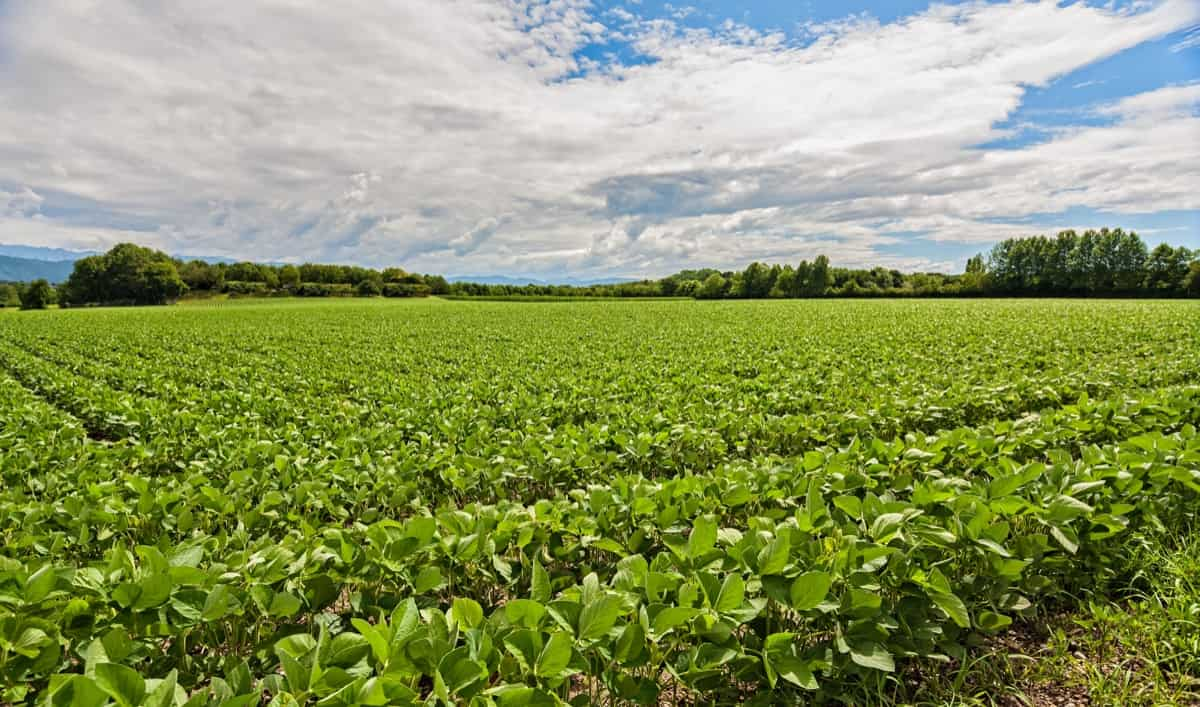
How to Start Soybean Farming in Kenya
What is Soybean Farming?
Soybean farming is the cultivation of soybeans for food or animal feed. Soybeans are a type of legume, and they are native to East Asia. Kenya’s climate is tropical and ideal for growing soybeans. The Kenyan government offers various incentives to encourage farmers to grow soybeans, including subsidies on inputs such as seed and fertilizer. In addition, the government has established a minimum price for soybeans to ensure that farmers receive a fair price for their crops.
Soybean farming in Kenya is a great way to start your own agricultural business. Kenya has much potential for soybean production, and farmers have many opportunities to start this business. Soybeans are high-protein crops that can be used for food, animal feed, or oil. The demand for soybeans is growing worldwide, and Kenya is well-positioned to take advantage of this demand.
Benefits of Soybean Farming in Kenya
- Soybeans are a highly versatile crop. They can be used for animal feed and various food and industrial applications. This versatility provides farmers with more marketing options and potential income streams.
- Soybeans are relatively easy to grow and require fewer inputs (such as water and fertilizer) than many other crops. This makes them a more sustainable and environmentally friendly option for farmers.
- Soybeans tolerate many different soil types and growing conditions, making them suitable for cultivation in various climates and locations.
- Soybeans have a high yield potential, meaning that farmers can produce large quantities of soybeans per acre of land planted. This can lead to greater profits for soybean farmers.
In case you missed it: How to Start Organic Farming in Kenya: Crop, Schemes, Challenges, Pest and Diseases Management
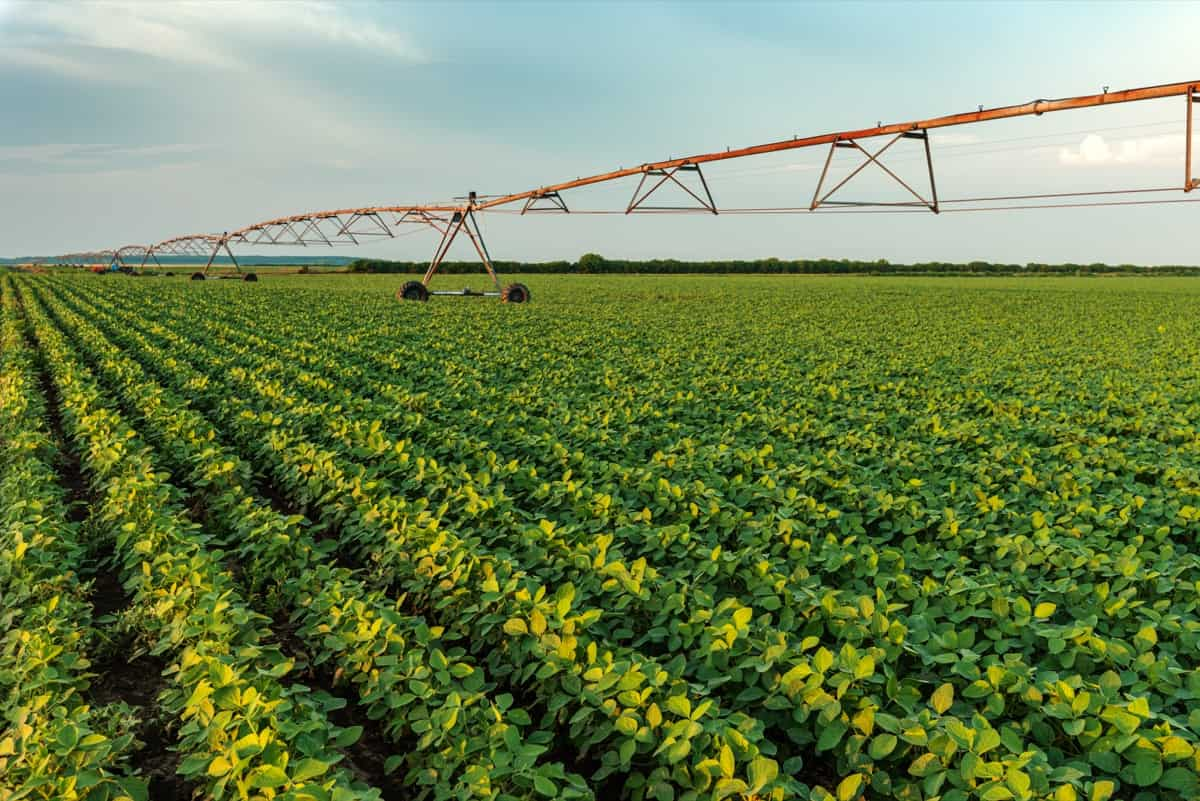
Best Time to Plant Soybeans in Kenya
Regarding soybean farming in Kenya, the best time to start is during the long rains, which usually fall between April and June. This is because soybeans need a lot of water to grow properly. If you start farming during the dry season, you must irrigate your fields, which can be costly.
Choose a Seed Variety for Successful Soybean Farming in Kenya
There are wide different varieties of soybeans available on the market today. Do some research to find a variety that is well suited to the climate in Kenya, and that has been proven to produce high yields in similar growing conditions. Make sure to purchase your seeds from a reputable supplier to ensure they are of good quality. The most common Soybean varieties are Nyala, Hill, Black Hawk, Gazelle, EAI 3600, SB 19, Pannar 522, TGx 1903-11F, and TGx 1987-10F.
Soil and Climate for Soybean Farming in Kenya
Soybean farming in Kenya is a relatively new venture, with farmers only beginning to plant the crop in large quantities in the past few years. The main reason for this is that soybeans are an excellent source of protein and oil and can be used for both human and animal consumption. Good soil fertility is also important for optimal growth, so farmers should ensure their soils are rich in organic matter and have adequate levels of phosphorus and potassium.
Kenya has many different soil types, but most are suitable for soybean production. The ideal pH range for soybeans is between 6.0 and 7.0. The climate in Kenya is also conducive to soybean production. The country has two main seasons – the long rains from March to June and the short rains from October to December. Soybeans can be grown during either season but do best when planted during the long rains. This is because they require a lot of water during their early stages of growth, and the long rains provide ample amounts of water.
Land Preparation for Soybean Farming in Kenya
- Preparing the land for planting soybeans involves clearing vegetation, tilling the soil, and adding any necessary amendments. The goal is to create a smooth, level surface free of obstacles. Once the land is ready, it’s time to plant the soybeans.
- When planting soybeans in Kenya, choosing a variety well-suited to the local climate and soils is important. The best time to plant soybeans is during the rainy season when there is plenty of moisture available for them to germinate and grow.
- Once the soybeans are planted, they must be watered regularly until maturity. Weeding must also be done regularly, as weeds can compete with soybeans for water and nutrients. Your soybean farm in Kenya should be successful with proper care and attention.
In case you missed it: How to Start Hydroponic Farming in Kenya: Crops, Subsidy, Cost, and Profit
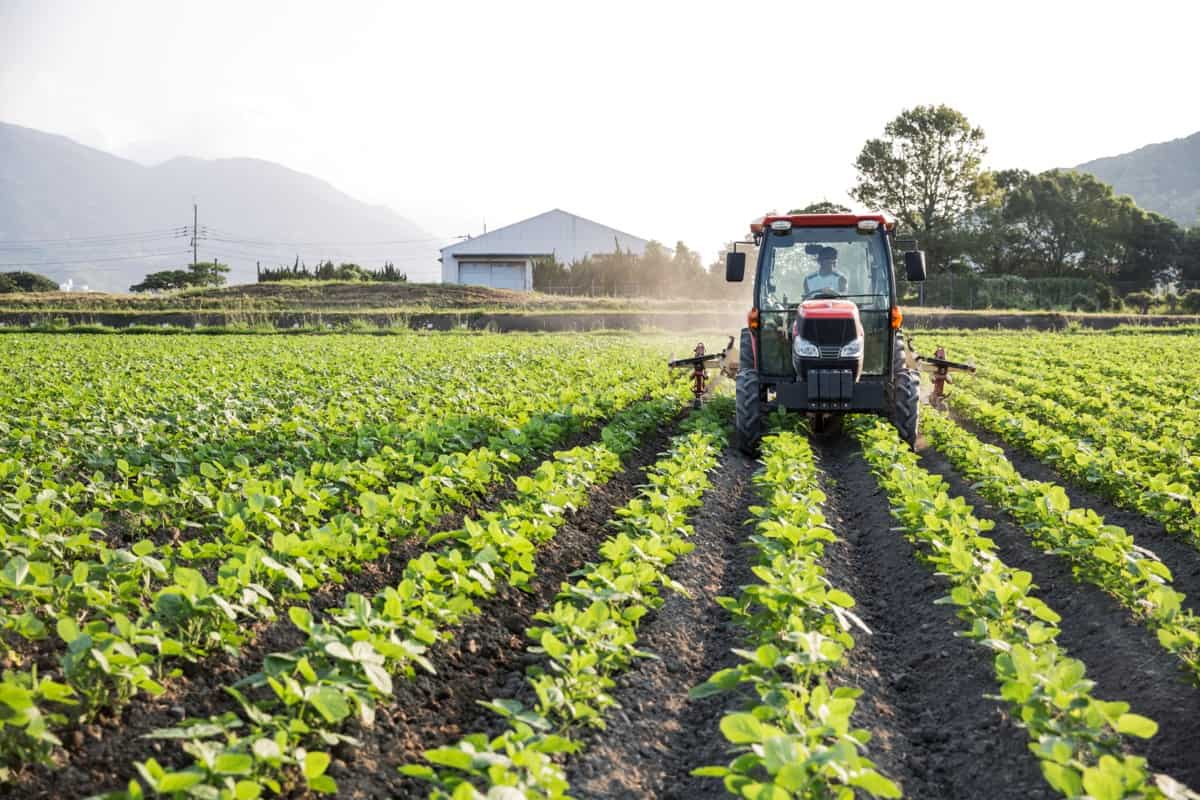
Requirements for Soybean Farming in Kenya
- Choose the right location: Soybeans need sunlight and well-drained soil to thrive. Pick a spot that meets these requirements and has good access to water for irrigation.
- Prepare the land: Before planting, clear the land of debris and loosen the soil. This will help the soybean plants take root and grow quickly.
- Plant the seeds: Soybean seeds should be planted about 2-3cm deep in rows that are spaced about 15 to 20cm apart. You can plant them by hand or use a seed drill if you have one available.
- Irrigate regularly: Water your soybean plants regularly, especially during dry periods, to ensure they have enough moisture to produce a good yield.
- Harvest when ready: Soybeans are ready for harvest when the pods turn yellow and begin to split open.
Tips for Successful Soybean Farming in Kenya
Soybeans are versatile crops that can be grown in many different climates and soil types. Depending on your soybean operation, you’ll need different equipment. Field crop operations will require tractors, plows, and other large machinery, while seed production operations will require specialized equipment for planting and harvesting seeds. Processing operations will require storage tanks and other processing equipment.
Soybeans are heavy feeders and must be fertilized every few weeks during the growing season. Soybeans need lots of sunlight and water to grow, so keep an eye on your crops and water them regularly. You’ll also need to fertilize your soybean plants throughout the growing season. Currently, most of Kenya’s soybeans are grown by small-scale farmers using traditional methods. However, there is an increasing trend towards mechanization, with more farmers adopting modern farming practices such as irrigation and improved seed varieties.
This leads to higher yields and better-quality beans fetching higher prices in the market. There is also an increasing demand for certified organic soybeans. Farmers who produce organic soybeans can command a higher price for their products, making organic farming a more profitable venture. For starters, soybeans are a versatile and nutritious crop that can be used in various food and industrial products. Additionally, soybeans are relatively easy to grow and require little input compared to other crops.
In case you missed it: Sheep Farming in Kenya: How to Start, Breeds, Loans, Zero Grazing, and Feeding for Beginners
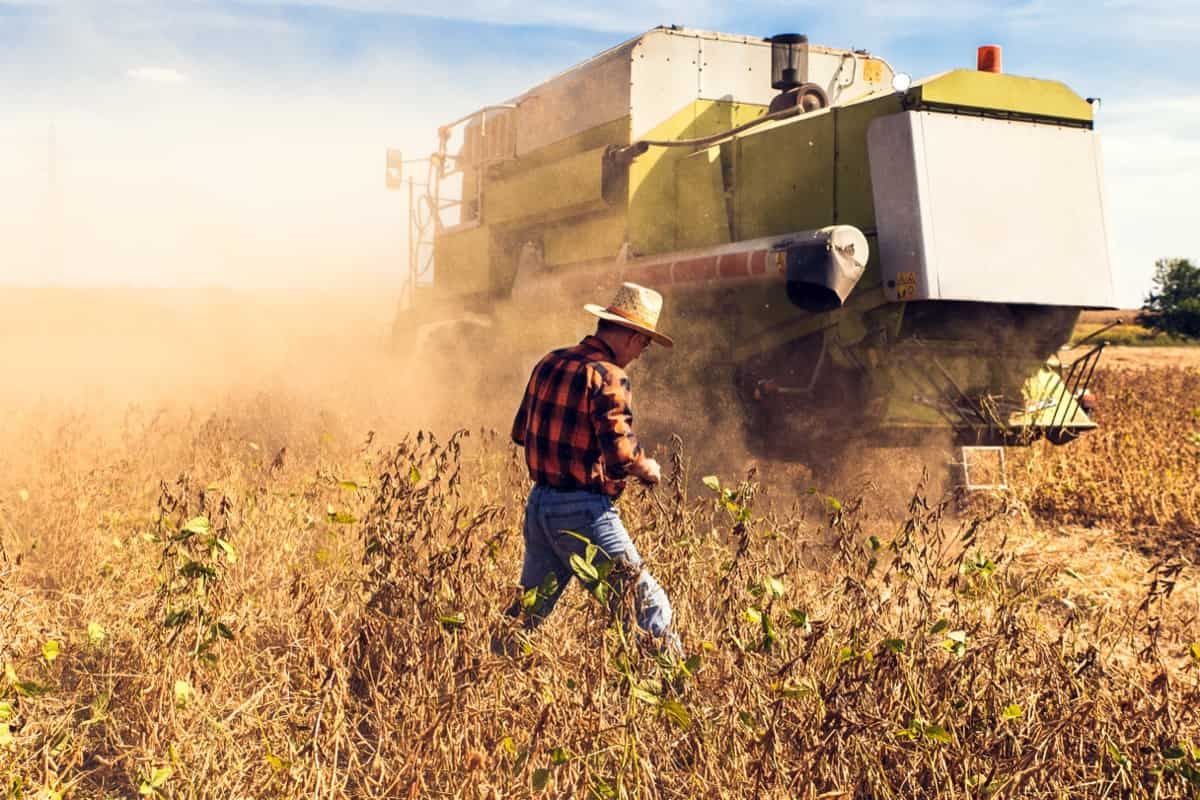
Weed Control for Soybean Farming in Kenya
Weed control is one of Kenya’s most important aspects of soybean farming. Without proper weed control, your soybean plants will compete with weeds for resources and may not reach their full potential. There are several different weed control methods that you can use on your soybean farm, and the best method for you will depend on the type of weeds you have, the size of your farm, and your budget.
Herbicides are the most common type of weed control used on soybean farms. Herbicides work by killing or inhibiting the growth of weeds. Many different types of herbicides are available. You should consult a local agronomist or extension agent to determine which herbicide is best for your farm. Cultural methods of weed control involve changing how you manage your soybean crop to reduce weed growth. For example, you can plant your soybeans earlier in the season so that they mature before most weeds have a chance to germinate.
You can also use mulch or cover crops to prevent weeds from getting established in the first place. These methods require more management than herbicides, but they can effectively reduce weed populations on your farm. Mechanical methods of weed control involve physically removing weeds from your field. This can be done by hand-weeding, using a cultivation tool like a rotary hoe, or using a mechanical harvester.
Fertilizer Application for Soybean Farming in Kenya
- To get the best results from your soybean plants, it is important to apply fertilizer correctly. Your fertilizer will depend on your field’s soil type and conditions. It is best to consult with a local agronomist or extension agent to determine what fertilizer will work best for your farm.
- In general, soybeans do not require a lot of fertilizer. A little goes a long way in terms of boosting yields. However, applying too much fertilizer can harm plant growth and yield.
- When applying fertilizer, following the label’s directions is important. Over-application can lead to the leaching of nutrients into groundwater, which can pollute drinking water supplies. It can also lead to the development of chemical imbalances in the soil that can harm plants.
- The best time for fertilizer application is when the plants are actively growing and taking up nutrients from the soil. This typically occurs during the vegetative stage but can vary depending on climate and other factors. Applying fertilizer at this time will help ensure plants have access to the nutrients they need during rapid growth.
In case you missed it: Greenhouse Farming in Kenya: How to Start, Crops, Construction Cost, Profits, and Subsidy
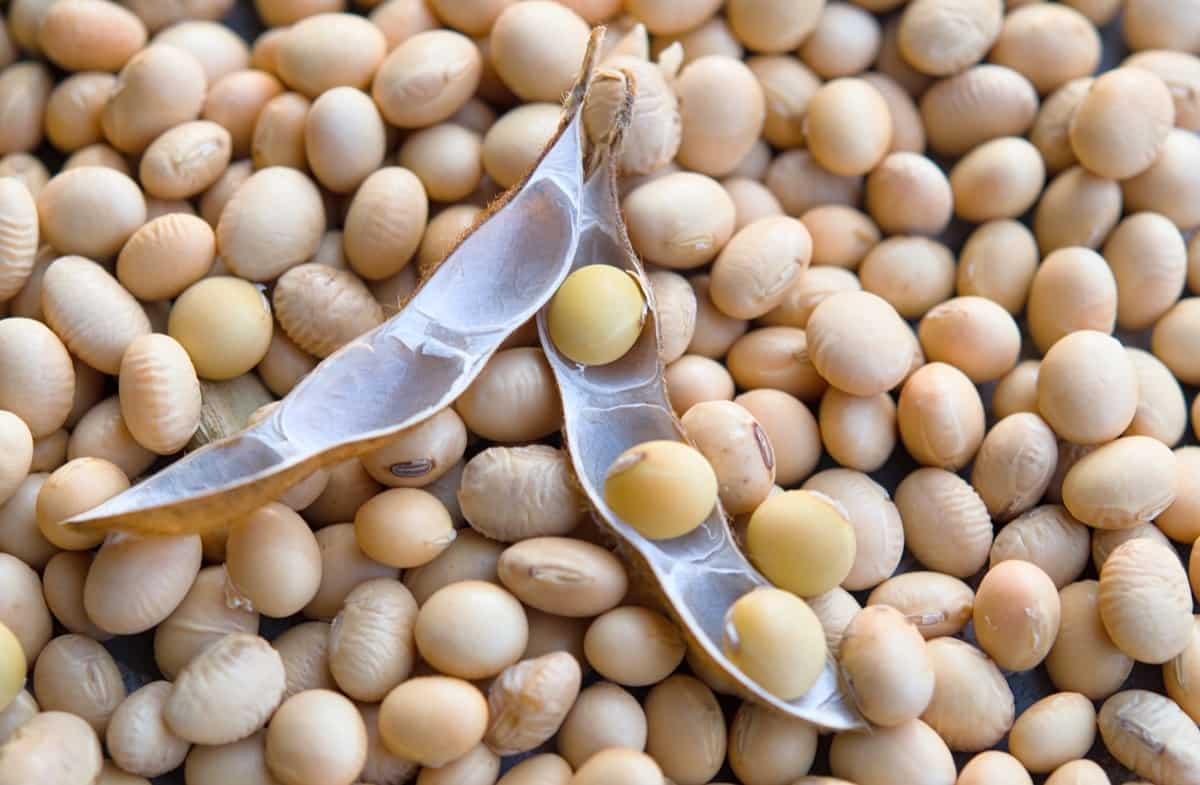
Is Soybean Farming Profitable in Kenya?
Kenya is one of the world’s leading exporters of soybeans, and soybean farming can be a profitable venture for Kenyan farmers. Soybeans need at least four months of warm weather to grow, so choose a location with plenty of sunshine and good drainage. Apply a balanced fertilizer every two weeks during the growing season. This will help your plants produce more pods and beans. Protect your Soybean crop from pests and diseases. Use insecticides and fungicides to prevent infestations and disease outbreaks, which can quickly destroy an entire crop.
Pest and Disease Control for Soybean Farming in Kenya
Pest and disease control is one of Kenya’s most important aspects of soybean farming. Several pests and diseases can attack soybean plants, causing serious damage to the crop. The stem borer is one of the most common pests affecting soybean crops. The stem borer is a small caterpillar that burrows into the plant’s stem, causing it to weaken and eventually die. Stem borers are difficult to control as they are often present in very high numbers.
The best way to control them is to use an insecticide at planting time. Another common pest that affects soybeans is the aphid. Aphids are small, winged insects that feed on the sap of plants. They can cause damage to the leaves, stems, and flowers. Aphids are usually controlled with chemical pesticides.
Several diseases can also affect soybean plants, including rust, blight, and root rot. Rust disease is fungal that affects the plant leaves, causing them to turn red or brown. Blight is another fungal disease that attacks the stems and leaves of the plant, causing them to wilt and die. Root rot is caused by several fungi and bacteria and can kill a soybean plant if it isn’t treated quickly. Farmers need to use fungicides and other chemical treatments to control these diseases.
Production Cost of Soybean Farming in Kenya
The cost of soybean farming in Kenya varies depending on factors such as the size of the farm, the type of farming methods used, and the farm’s location. However, on average, it costs approximately Kshs. 40,000 to start a small-scale soybean farm in Kenya. This includes the cost of buying seeds, renting land, and hiring labor.
The costs will be higher if you want to expand your soybean farm or start a large-scale operation. For example, you may need to invest in irrigation systems and other expensive equipment. The cost of Soybean farming in Kenya can range from Kshs. 60,000 to Kshs.80,000, depending on your specific needs.
In case you missed it: Goat Farming in Kenya: How to Sart for Meat, Dairy, PDF, and Guide
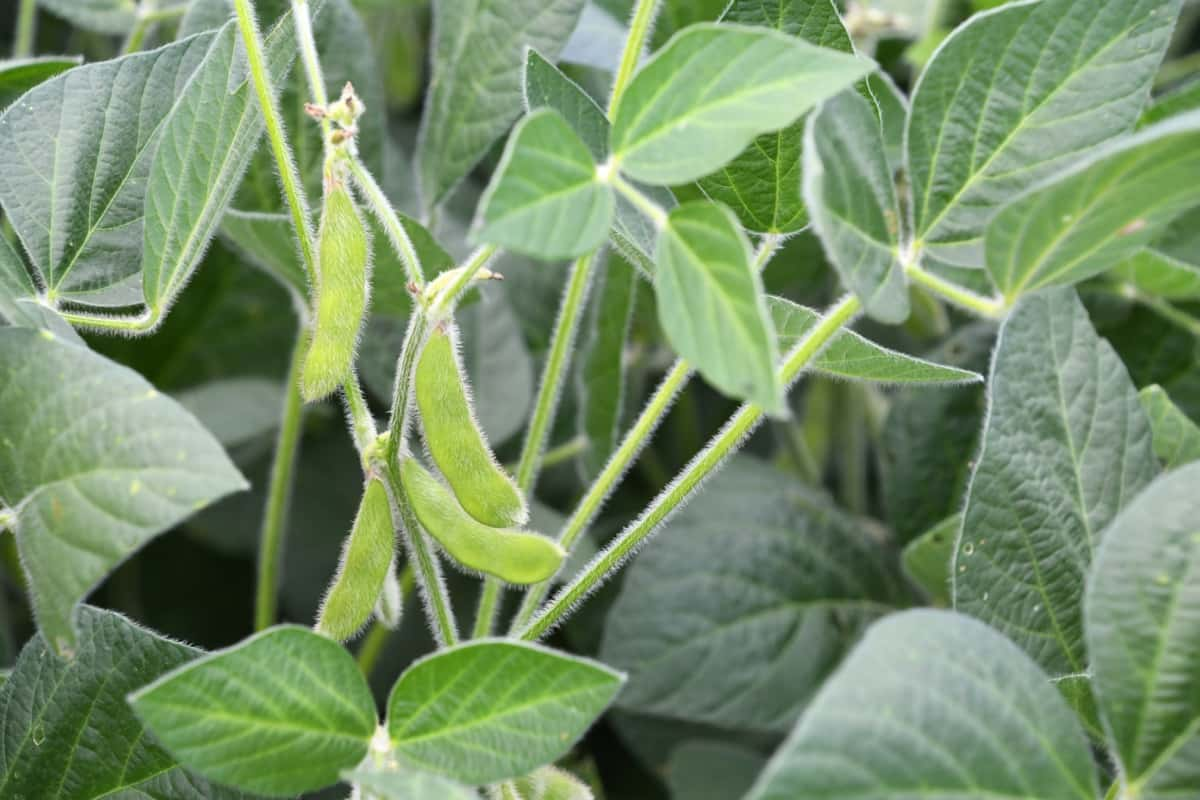
When and How to Harvesting Soybean
- Begin harvesting when the plants are yellow and the leaves fall off.
- Use a combine harvester to cut the plants and strip the beans from the pods.
- Collect the beans in a wagon or trailer behind the combine.
- Dump the beans into a hopper, which will be sorted and cleaned before storage.
The Yield of Soybean in Kenya
The yield of soybeans varies depending on the variety, growing conditions, and management practices used. The yield of soybean farming in Kenya varies depending on many factors, such as the quality of the seeds, the amount of rainfall, and the farmer’s experience. However, on average, a good yield can be expected between 1.5 to 4 metric tons per hectare. With proper care and management, farmers can achieve even higher yields.
Conclusion
Soybean farming can be an extremely profitable enterprise for Kenyan farmers. The crop is relatively easy to grow and has several applications as a food source and industrial raw material. Soybean farming in Kenya can be an incredibly rewarding experience and offers the potential for a very lucrative income.
- Types of Pesticides Used in Agriculture: A Beginner’s Guide
- Economical Aquaculture: A Guide to Low-Budget Fish Farming
- 15 Common Planting Errors That Can Doom Your Fruit Trees
- How to Make Houseplants Bushy: Effective Tips and Ideas
- Innovative Strategies for Boosting Coconut Pollination and Yield
- Pollination Strategies for Maximum Pumpkin Yield
- The Complete Guide to Chicken Fattening: Strategies for Maximum Growth
- Natural Solutions for Tulip Problems: 100% Effective Remedies for Leaf and Bulb-Related Issues
- Revolutionizing Citrus Preservation: Towards a Healthier, Greener Future
- Natural Solutions for Peony Leaf and Flower Problems: 100% Effective Remedies
- Maximizing Profits with Avocado Contract Farming in India: A Comprehensive Guide
- Natural Solutions for Hydrangea Problems: 100% Effective Remedies for Leaf and Flowers
- The Ultimate Guide to Choosing the Perfect Foliage Friend: Bringing Life Indoors
- From Sunlight to Sustainability: 15 Ways to Use Solar Technology in Agriculture
- The Ultimate Guide to Dong Tao Chicken: Exploring from History to Raising
- The Eco-Friendly Makeover: How to Convert Your Unused Swimming Pool into a Fish Pond
- Mastering the Art of Delaware Chicken Farming: Essentials for Healthy Backyard Flocks
- 20 Best Homemade Fertilizers for Money Plant: DIY Recipes and Application Methods
- How to Craft a Comprehensive Free-Range Chicken Farming Business Plan
- Brighten Your Flock: Raising Easter Egger Chickens for Beauty and Bounty
- How to Optimize Your Poultry Egg Farm Business Plan with These Strategies
- Subsidy for Spirulina Cultivation: How Indian Government Schemes Encouraging Spirulina Farmers
- Ultimate Guide to Raising Dominique Chickens: Breeding, Feeding, Egg-Production, and Care
- Mastering the Art of Raising Jersey Giant Chickens: Care, Feeding, and More
- Ultimate Guide to Raising Legbar Chickens: Breeding, Farming Practices, Diet, Egg-Production
- How to Raise Welsummer Chickens: A Comprehensive Guide for Beginners
- How to Protect Indoor Plants in Winter: A Comprehensive Guide
- Ultimate Guide to Grow Bag Gardening: Tips, Tricks, and Planting Ideas for Urban Gardeners
- Guide to Lotus Cultivation: How to Propagate, Plant, Grow, Care, Cost, and Profit
- Agriculture Drone Subsidy Scheme: Government Kisan Subsidy, License, and How to Apply Online
- Ultimate Guide to Raising Araucana Chickens: Breed Profile, Farming Economics, Diet, and Care
- Bringing Hydroponics to Classroom: Importance, Benefits of Learning for School Students
- Ultimate Guide to Raising Polish Chickens: Breed Profile, Farming Economics, Diet, and Care
- Ultimate Guide to Raising Australorp Chickens: Profile, Farming Economics, Egg Production, Diet, and Care
- Silkie Chicken Farming: Raising Practices, Varieties, Egg Production, Diet, and Care
- Sussex Chicken Farming: Raising Practices, Varieties, Egg Production, Diet and Care
Great and insightful highlights. Keep itup